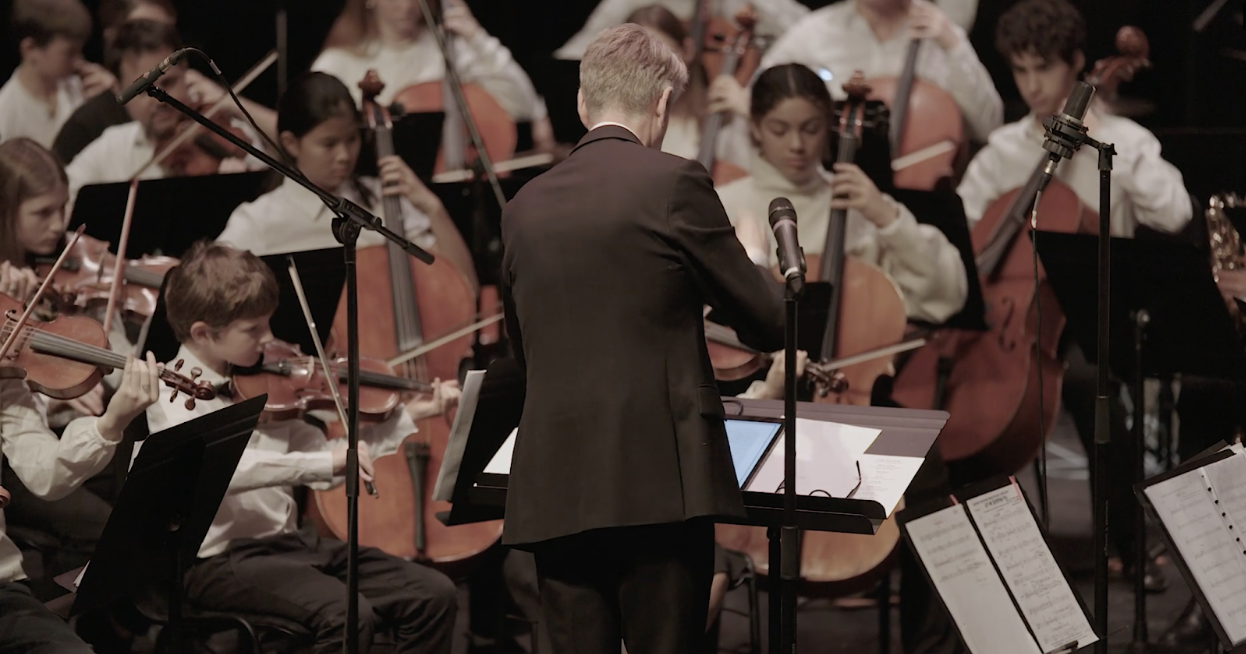By Matteo Sorcinelli, year 10
At the beginning of the 2021-2022 school year, a new art subject choice was given to the year 10s: public speaking. It received a lot of interest, and over 25 students signed up. However, there was some confusion around what the public speaking course is – so here is the full rundown of the subject.
What is public speaking?
Public speaking is all about the art of words. Over the course of the year, students in this subject focus on two main points: writing a speech and presenting a speech. First, they learn about how to write a speech. This can include everything from how to find ideas to how to structure the speech; the most important element is how to make the speech interesting and engage the audience. After they finish writing their first speech, students are taught to present it. This can range from watching TED Talks and analysing how speakers present, to presenting their own speech over and over again and receiving feedback from the teachers and other students.
What about grading?
A common question people who haven’t taken public speaking ask is “how can we be graded on talking?” Public speaking, like any other subject, is graded with rubrics. For public speaking specifically, students are graded with two main rubrics, ACOVA and PVLEGS. ACOVA is an acronym for the rubric used to grade students on the content and the structure of their speech, while PVLEGS is an acronym for the rubric used to grade students on the presentation of their speech.
Is there an exam?
Contrary to what many think, public speaking does have an end-of-year exam that involves everything covered throughout the year. The exam is made and graded by LAMDA (the London Academy of Music and the Dramatic
Arts) and normally, a representative would be sent all the way from London to grade the exam, made up of two prepared speeches and one impromptu speech which students are given ten minutes to write and prepare for. However, due to COVID-19, the examiner will grade the speeches online. This does not change the fact that, before the end of the year, everyone in the class has to have finalised and memorised two four-minute speeches and have practised the art of impromptu speeches.
What do students get out of the subject?
Apart from knowing how to build and present a great speech, which is always helpful for everything from job interviews to toasts, every student earns a bronze medal after completing the end-of-year exam. They can earn such a medal with a pass, merit, or, if the speech was outstanding, distinction. These bronze medals are helpful for students’ futures, as it makes them attractive candidates for future jobs. It also helps if they are interested in a career heavily involving public speaking and therefore want to get as many LAMDA medals as possible, starting from bronze.
Future year 10 students who are interested in the subject are encouraged to sign up! If students are already older than year 10 but still want to try the course, there is also an after-school activity taught by Ms. Bryan that covers almost everything the year 10 public speaking course does.



